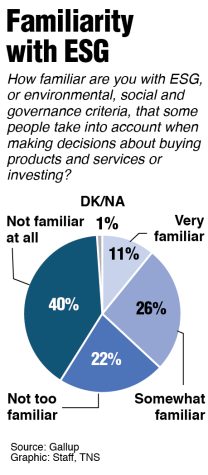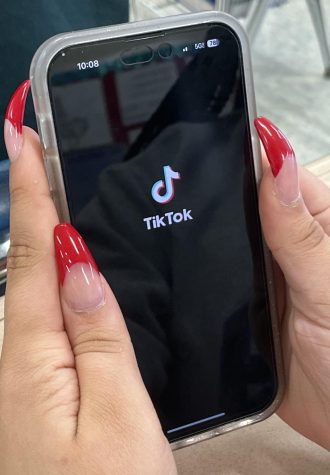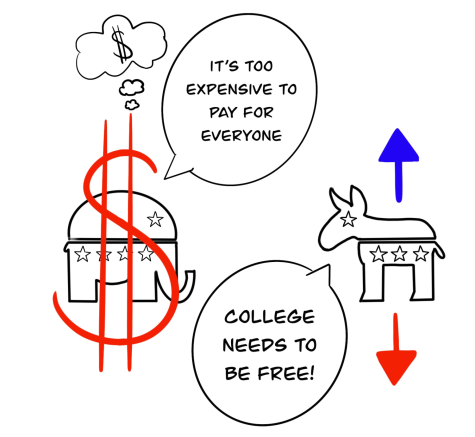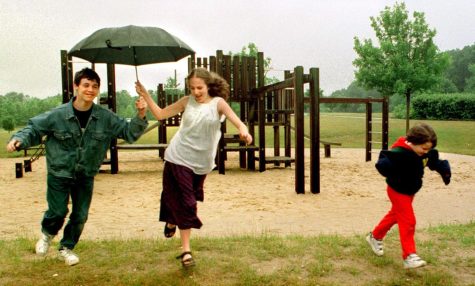Technology Continues To Accelerate Student Learning
Technology is here to stay, so let the students use it. Rather than being pushed aside in schools, technology should be further immersed in the school community. This would greatly improve school life for students and teachers alike.
In low income communities, many students do not have proper access to technology to help with completion of schoolwork.
According to a Stanford University study, “only 3 percent of teachers in high poverty schools said their students have the digital tools necessary to complete homework assignments.”
In the same study, 52 percent of teachers said the opposite when in more privileged schools.
Classes go by faster with class-wide access to technology. Students would have all their resources for their classes right at their fingertips, all while being organized for them. There would no longer be waiting for everyone to be able to start; class would begin right away.
Connection between students and teachers is considerably easier when technology is involved in schools. When provided a district email address, students can contact teachers and administrators at any time of the day.
“When activities and schedules were well planned, the hardware operated correctly, and the software and curriculum ran smoothly, students appeared to learn more effectively and instructors were better able to meet individual demands,” Professor Dr. Norman K. Peterson wrote in his article, “Implementing Multimedia in the Middle School Curriculum.”
Technology among students creates friendships and also keeps them closer than ever. Friends can now contact each other at any time of day and it’s easier now than ever to hang out with a friend due to the Internet.
Electronics have been in mass production since the late 1980s. It is produced in order to be utilized. Buying may provide profits for big business, but buying computers and other technology also comes with mass benefits within schools.
There is already lots of media consumption all day, every day, in students’ lives, and many are concerned with the effect on the students. Students will be exposed to media eventually, no matter what.
According to Amanda Lenhart of Pew Research Center, “Text messaging is a key component of day-to-day friend interactions: 55% of teens spend time every day texting with friends.”
Technology in the student body is reasonably seen as a distraction. They may get side tracked by all the information at their fingertips, but, all of this information enhances their education even further. If a student comes across “fake news,” a teacher can use this as a teachable moment to point out that not everything a student reads is true.
Class-wide use of advanced technology was explained by the 2017 National Education Plan Update: “Students are involved actively in a situation that feels urgent and must decide what to measure and how to analyze data in order to solve a challenging problem.”
An example provided was RoomQuake, a scaled down earthquake simulation. These situations allow for a huge learning experience for all parties involved.
All in all, there are very few setbacks technology can put on a student and technology is better utilized than cast aside or radically phased out of schools. Students should be able to have access to the resources that will be in their hands during life as an adult.










